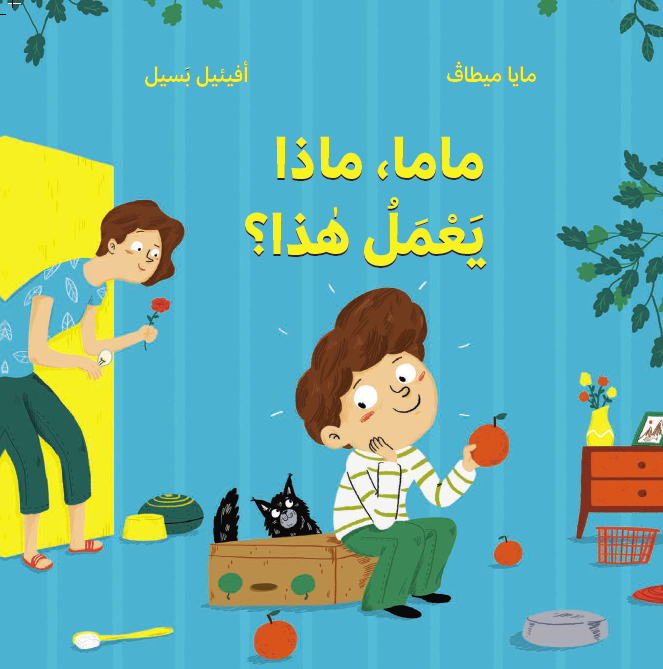
“Mom, what does it do? Nothing, it’s just an empty cardboard box. You can put old newspapers in it.” A seemingly routine dialogue between a child and his mother turns in front of our eyes to magic full of creativity and imagination.

“Mom, what does it do? Nothing, it’s just an empty cardboard box. You can put old newspapers in it.” A seemingly routine dialogue between a child and his mother turns in front of our eyes to magic full of creativity and imagination.
“Mom, what does this do?” is a question that children in every home repeat. Our three- to four-year-old child is very curious and is always inquisitive, and this is one of the ways they learn about the world around them.
Read MoreDear Parents,
Through the seemingly normal dialogue between the child and the mother, who is busy with housework, the child acquires a lot of information, such as learning the names of objects and their functions in our daily lives. Through this basic knowledge, the child’s imagination employs these objects to build a car with which he plays with his mother.
This innovative play with objects allows the child to develop their imagination and their abilities to solve problems, to plan and to express themselves, and allows them to experiment and make mistakes, to communicate with others, to feel success and joy, to accumulate knowledge and to enhance their awareness of recycling and preserving the environment.
The book shows us how we, as parents, can set up a beneficial mediation with our children in order to support them as they learn about the world around them, their interests and abilities. Children see us as the primary source of information, and they insist on asking us about things they don’t know. Providing them with the correct information, encouraging them to think creatively and “outside the box,” and offering them various materials, contribute to their curiosity, creativity, and to their lifelong education.